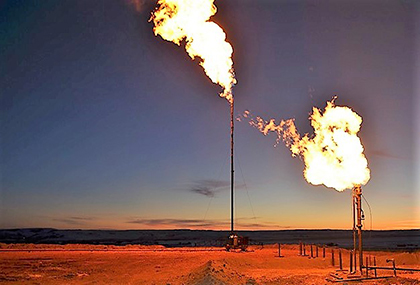News

North Dakota struggles to limit natural gas flaring
Gas flaring and venting increases greenhouse gas emissions. Industry officials point out, process of flaring wastes money for producers and landowners. According to the World Bank's Global Gas Flaring Reduction Partnership, North Dakota gas venting and flaring has consistently increased since 2013. The goal of the GGFRP is to alleviate all gas flaring.
North Dakota remains a major source of vented and flared gas mostly because of its associated gas, dependent on oil production volumes. The state's gas infrastructure capacity has always lagged production increases, despite a program to control gas flaring put in place in 2014. EIA figures indicate that producers there vented or flared 88.5bn c.f. of gas in 2017. This is 3.5 times the 24.5bn c.f. flared or vented in 2010 and the figure has been rising in 2018.
Oil and gas producers hope to further reduce gas flaring through new technologies. INFRA’s innovative technology offers an opportunity of converting harmful flared associated gas into valuable high-quality synthetic crude oil, easily upgraded to transportation fuel. INFRA’s process qualities include ecologically friendly production, mixability with other oil and compatibility with existing infrastructure. This makes it viable and sustainable option for prevention of flaring not only in North Dakota, but also around the globe.